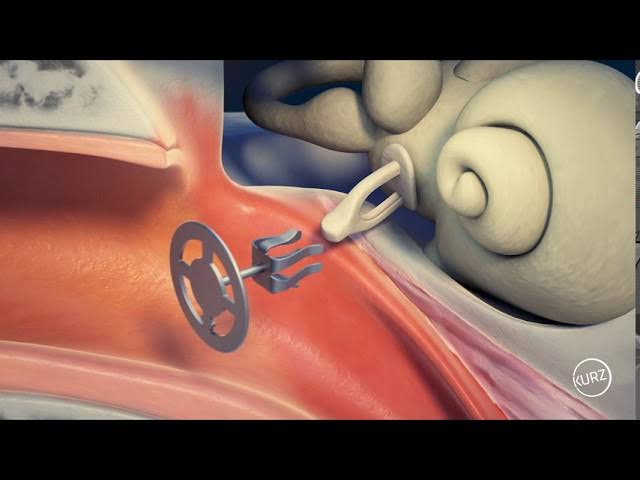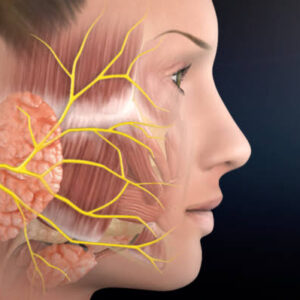Endoscopic Sinus Surgery
Price range: ₹1,000.00 through ₹1,800.00
Learn Endoscopic Sinus Surgery through our scientifically proven stepwise program. You can acquire this skill anywhere, anytime, without quitting your job and daily life.
Please read the Requirements and Commitments of each level before making a purchase. Ensure you meet the eligibility criteria to receive the product/service.
Description
ENT (Ear, Nose, and Throat) surgeons proficient in endoscopic sinus surgery play a critical role in treating sinus and nasal conditions effectively. Here’s why it’s crucial for ENT surgeons to possess the skill to perform endoscopic sinus surgery:
- Precise Diagnosis: Endoscopic sinus surgery allows for accurate visualization and diagnosis of sinus and nasal issues, ensuring targeted treatment.
- Minimally Invasive: It is minimally invasive, reducing patient discomfort, scarring, and recovery time.
- Improved Outcomes: Skill in endoscopic techniques leads to better surgical outcomes, reduced complications, and enhanced patient satisfaction.
Endoscopic Sinus Surgery Indications:
Endoscopic sinus surgery is indicated for patients with various sinus and nasal conditions, including:
- Chronic Sinusitis: Persistent inflammation and infection of the sinuses that do not respond to medical treatment.
- Nasal Polyps: Noncancerous growths in the nasal and sinus passages, causing congestion and breathing difficulties.
- Sinus Blockage: Structural issues or obstructions in the sinuses, leading to recurrent infections and symptoms.
Steps of Endoscopic Sinus Surgery for ENT Surgeons:
- Patient Preparation: The patient is positioned, and local or general anesthesia is administered.
- Endoscope Insertion: A thin, flexible endoscope with a camera is inserted through the nostril, providing a clear view of the sinus and nasal passages.
- Visualization and Diagnosis: The surgeon examines the sinuses, identifies issues, and may take tissue samples for analysis.
- Sinus Opening: Using micro-instruments, the surgeon removes obstructions, polyps, and inflamed tissue to open the sinus passages.
- Balloon Dilation (if needed): In some cases, a balloon catheter may be used to gently expand narrowed sinus openings.
- Irrigation and Cleaning: Saline irrigation is used to flush out mucus and debris, reducing the risk of infection.
- Closure: The procedure typically does not require external incisions. The endoscope is removed, and the patient is monitored during recovery.
ENT surgeons must master these steps to successfully perform endoscopic sinus surgery, offering patients relief from chronic sinus and nasal issues with minimal invasiveness.
Additional information
| Levels | Level-1, Level-2, Level-3 |
|---|
General Inquiries
There are no inquiries yet.







